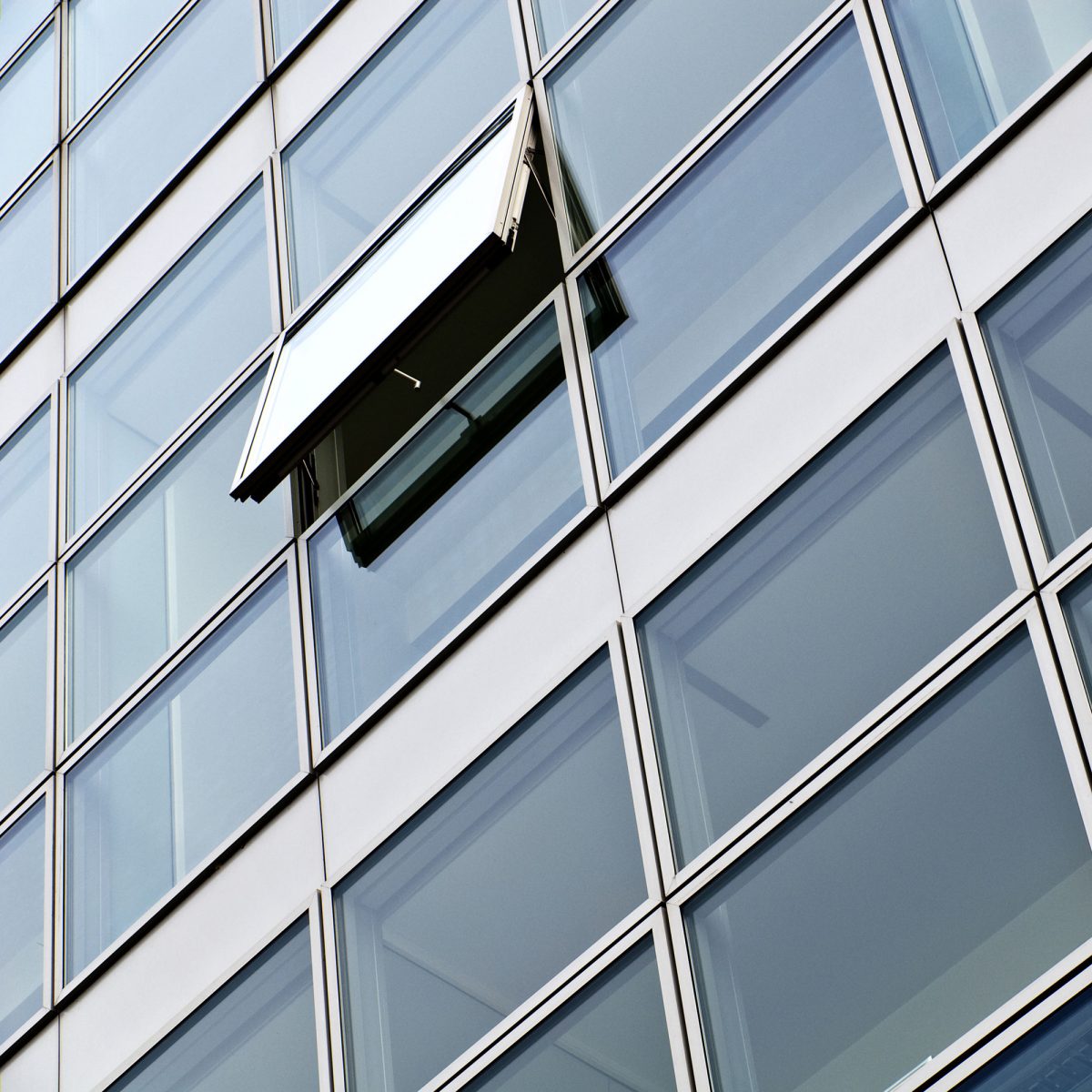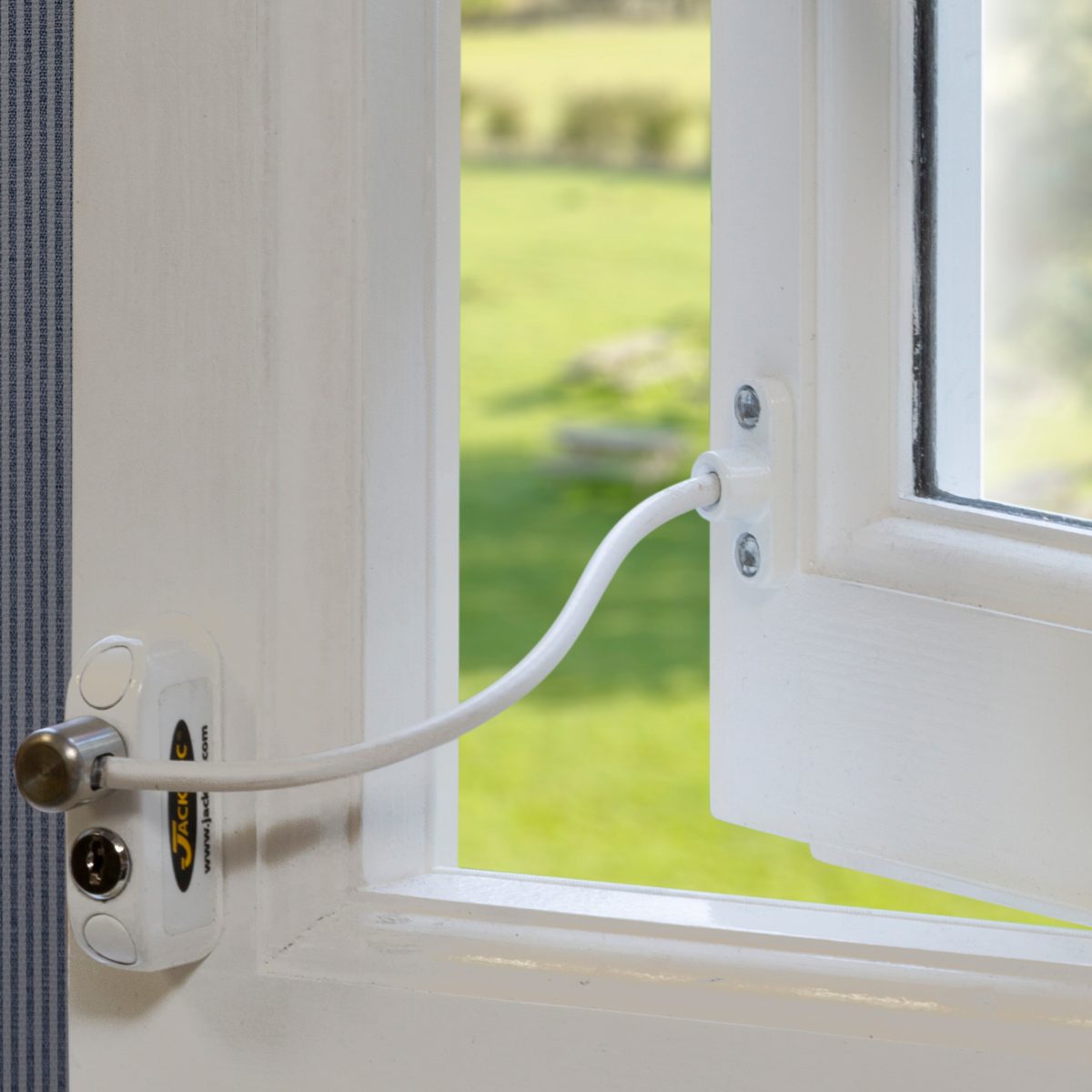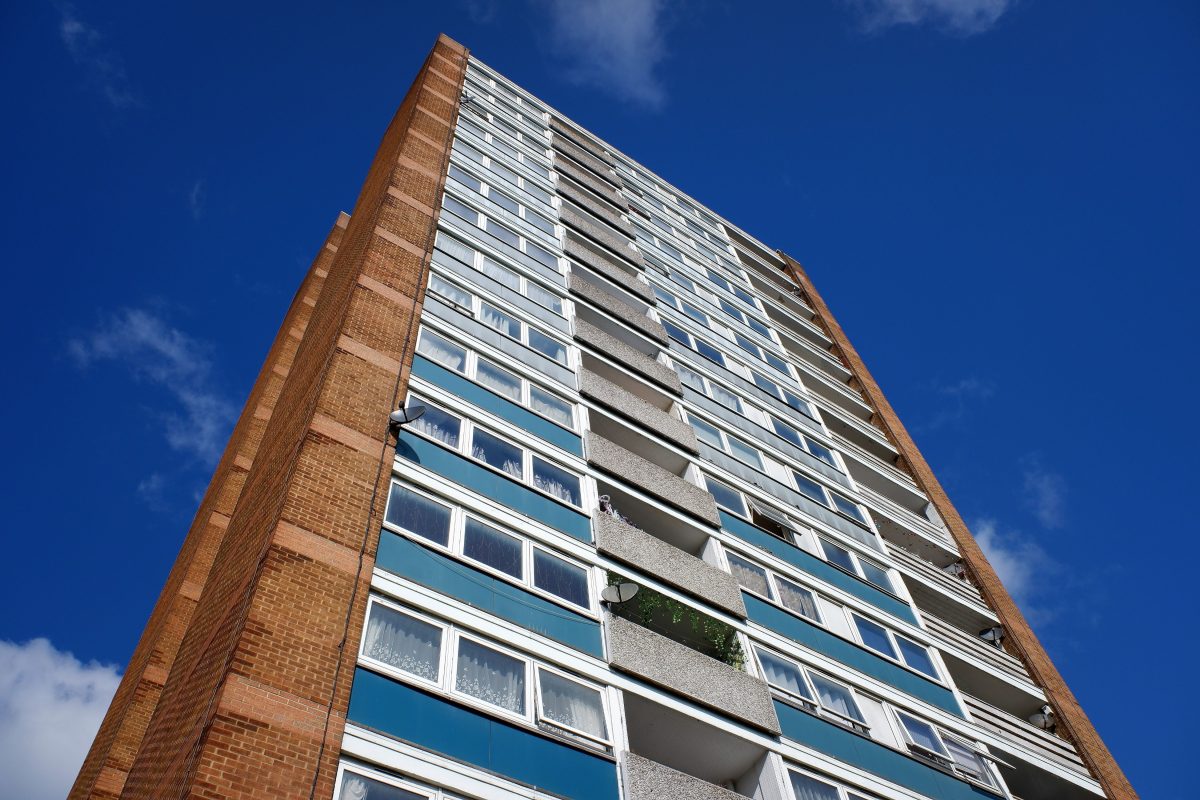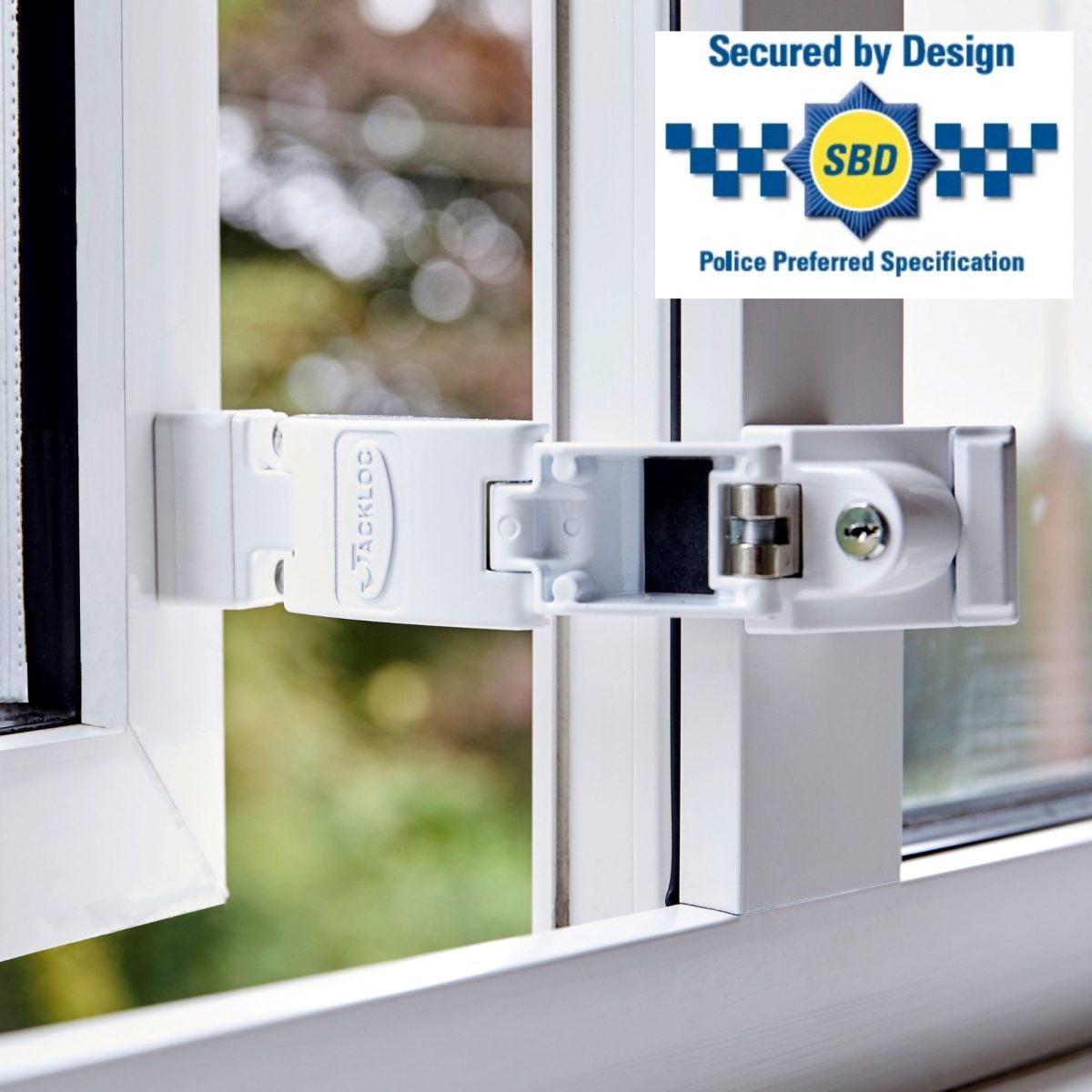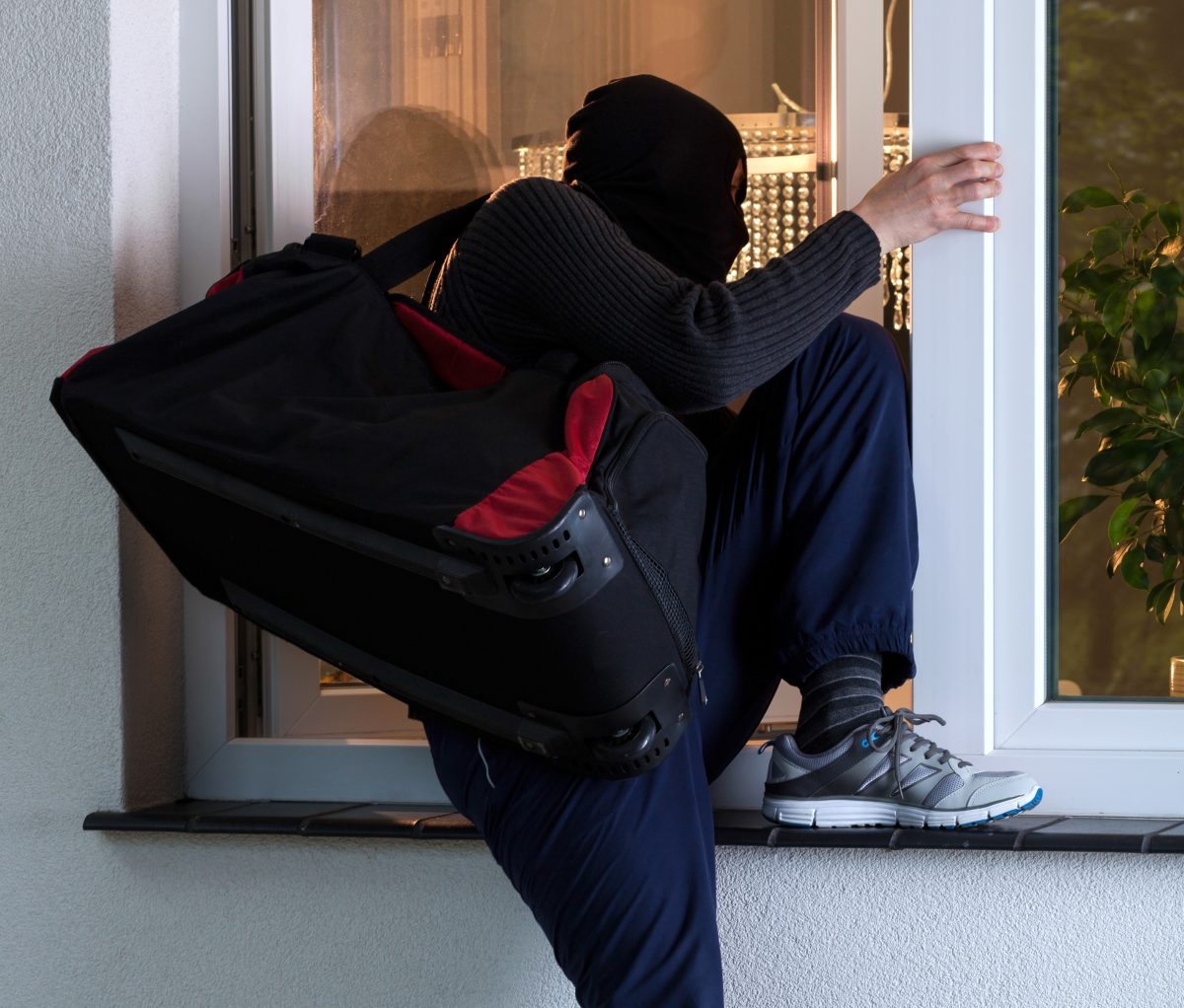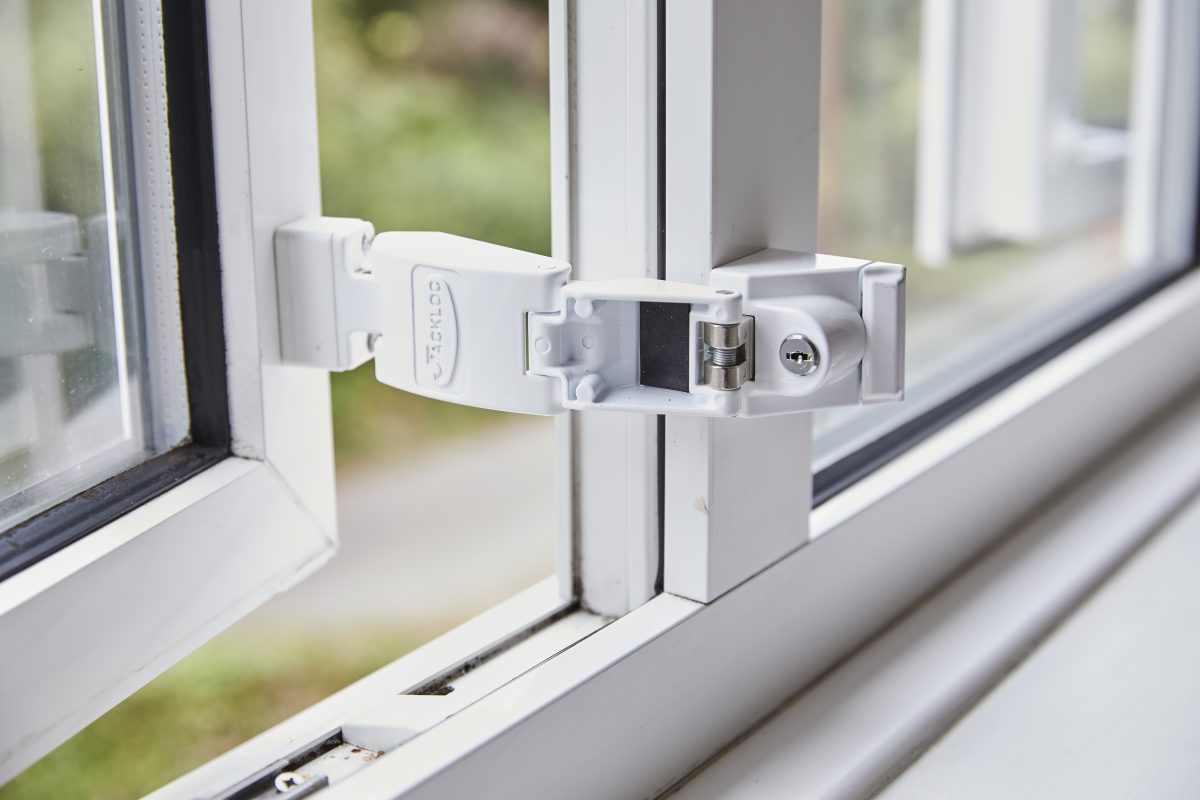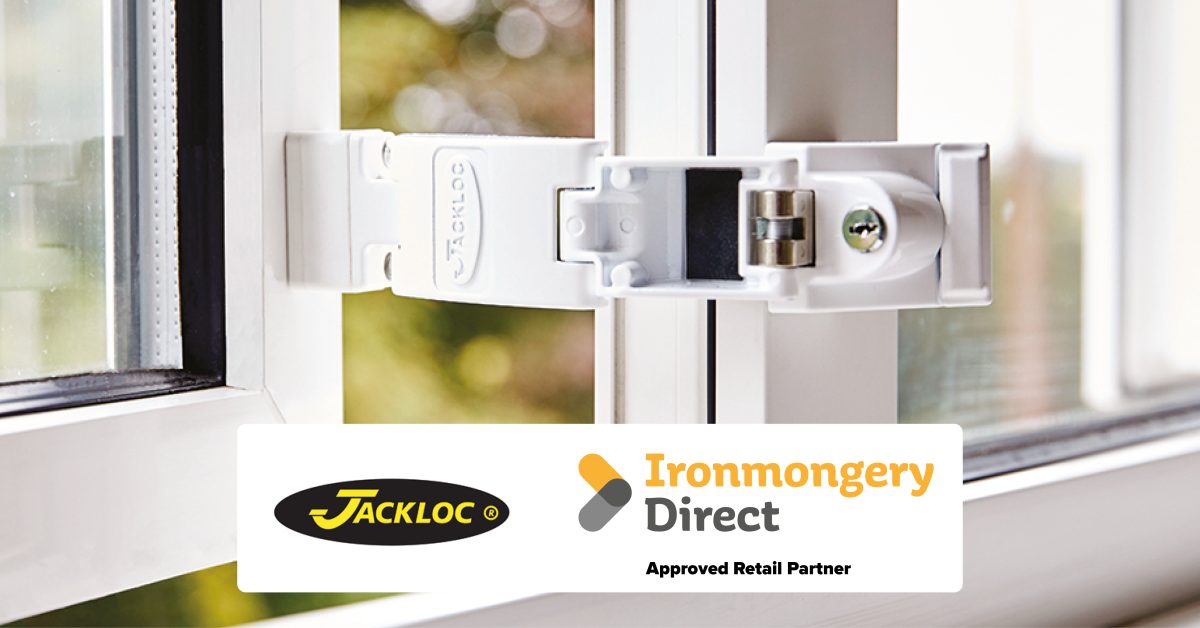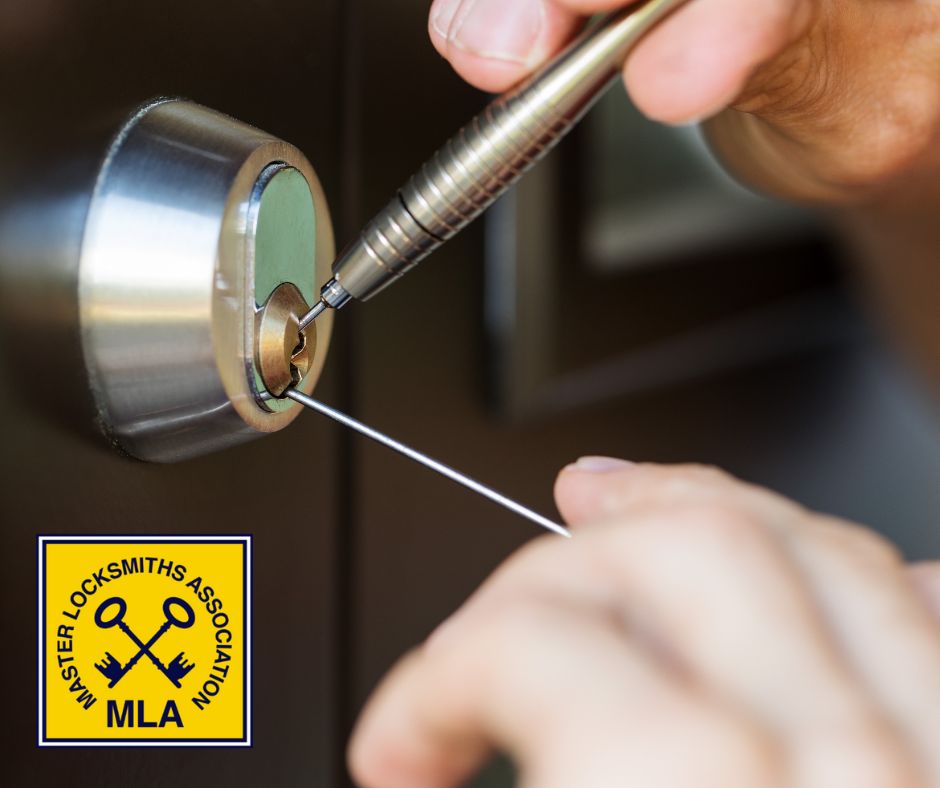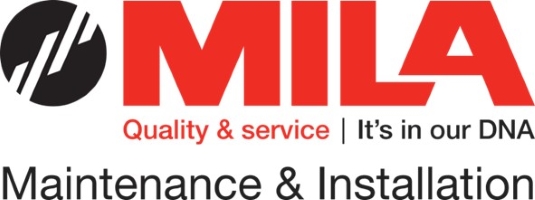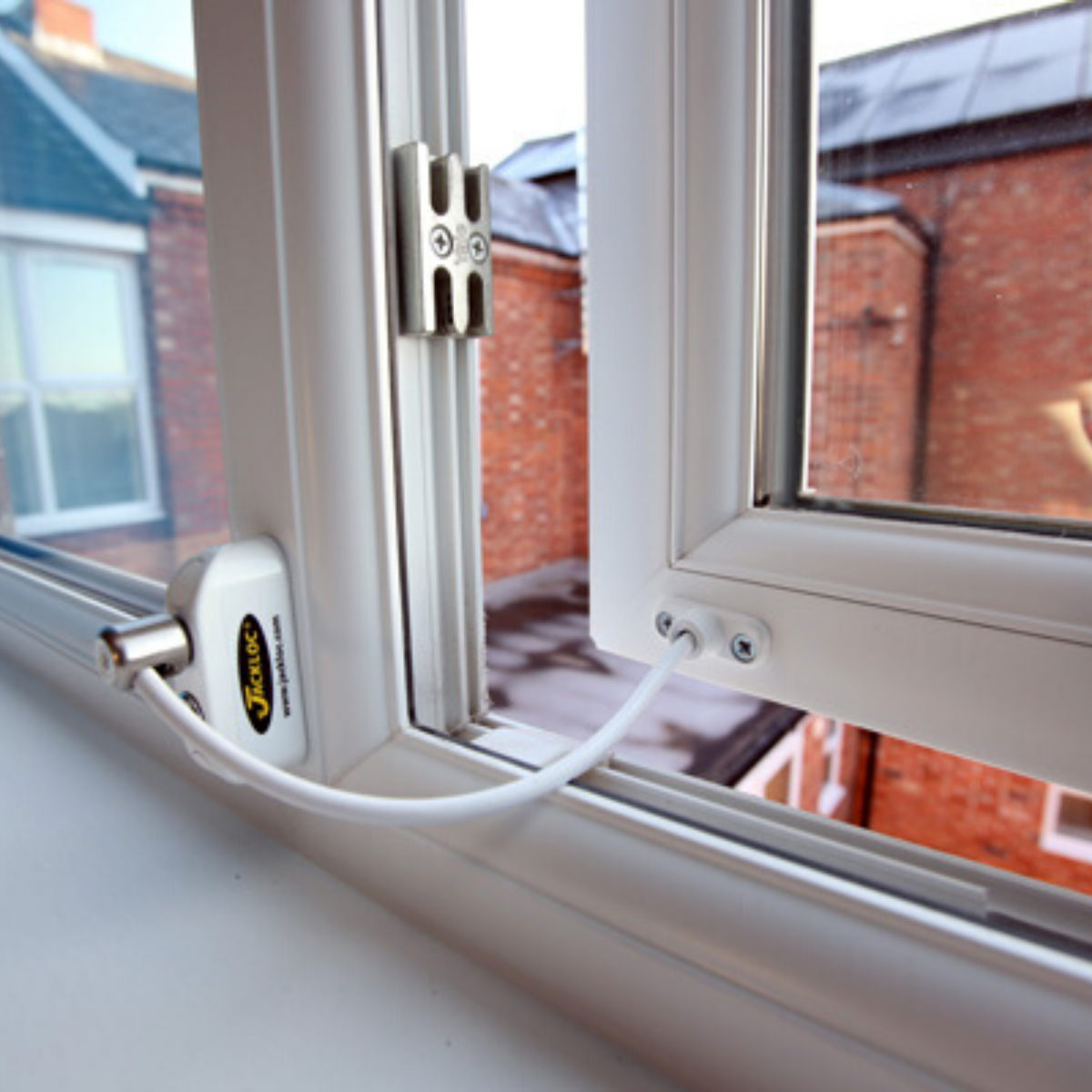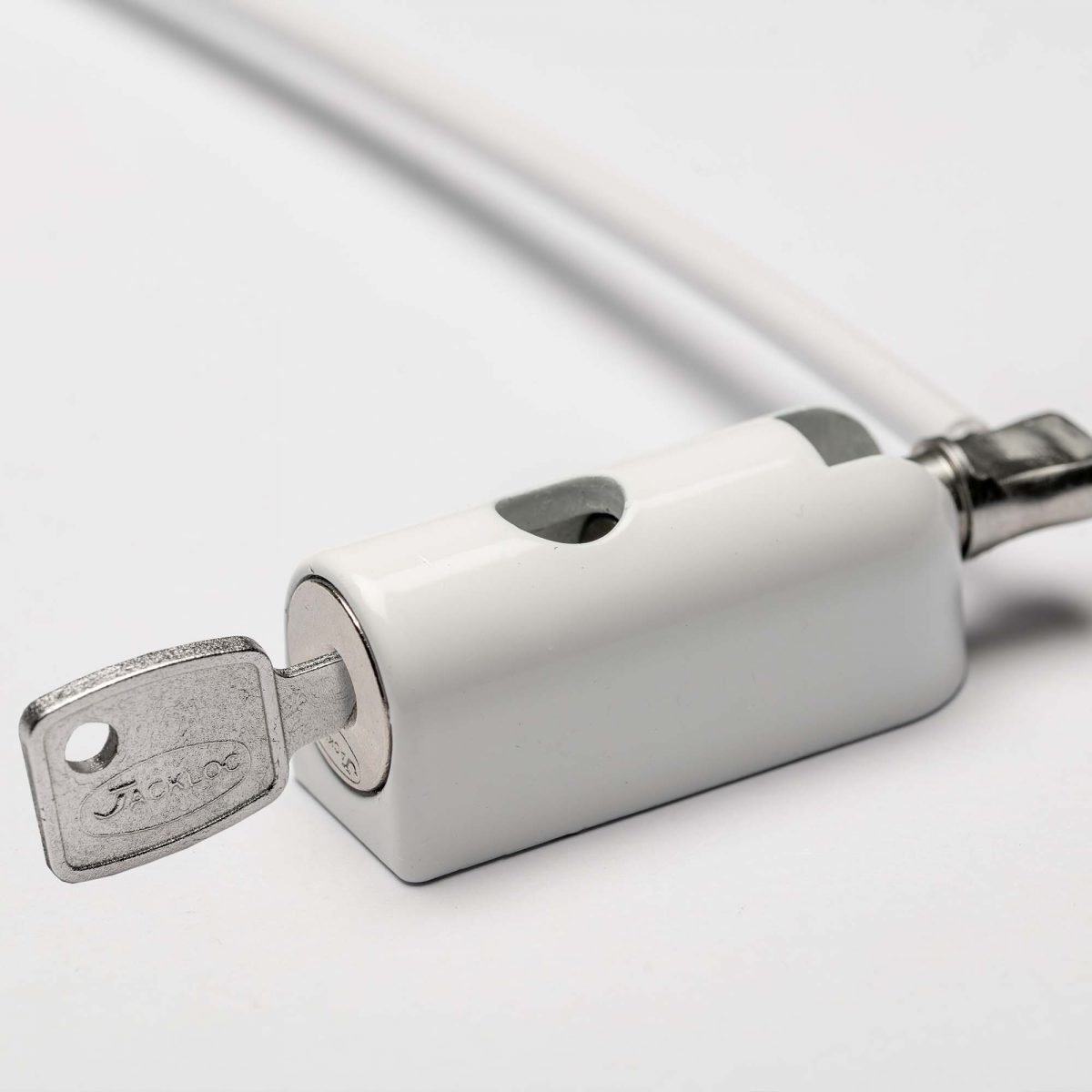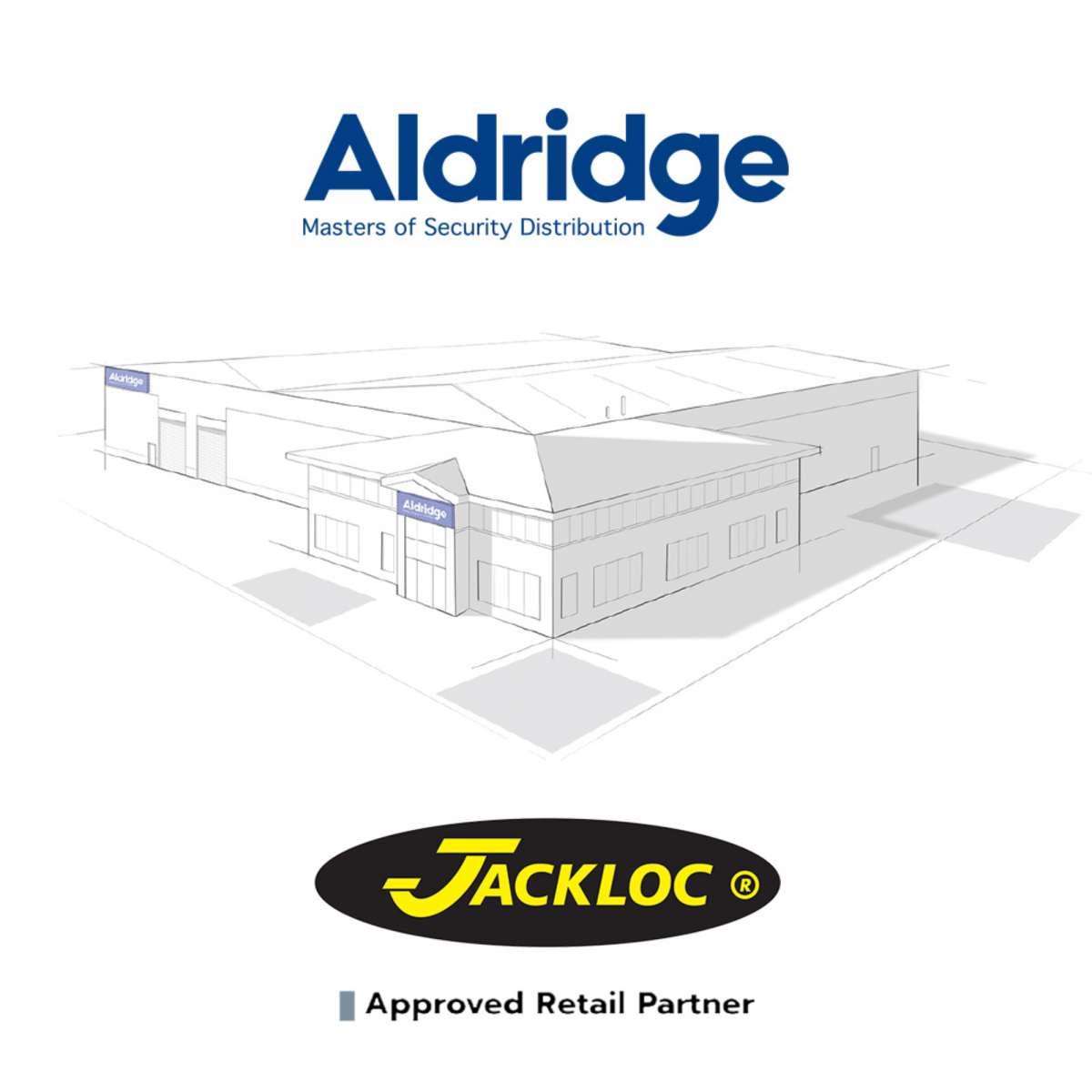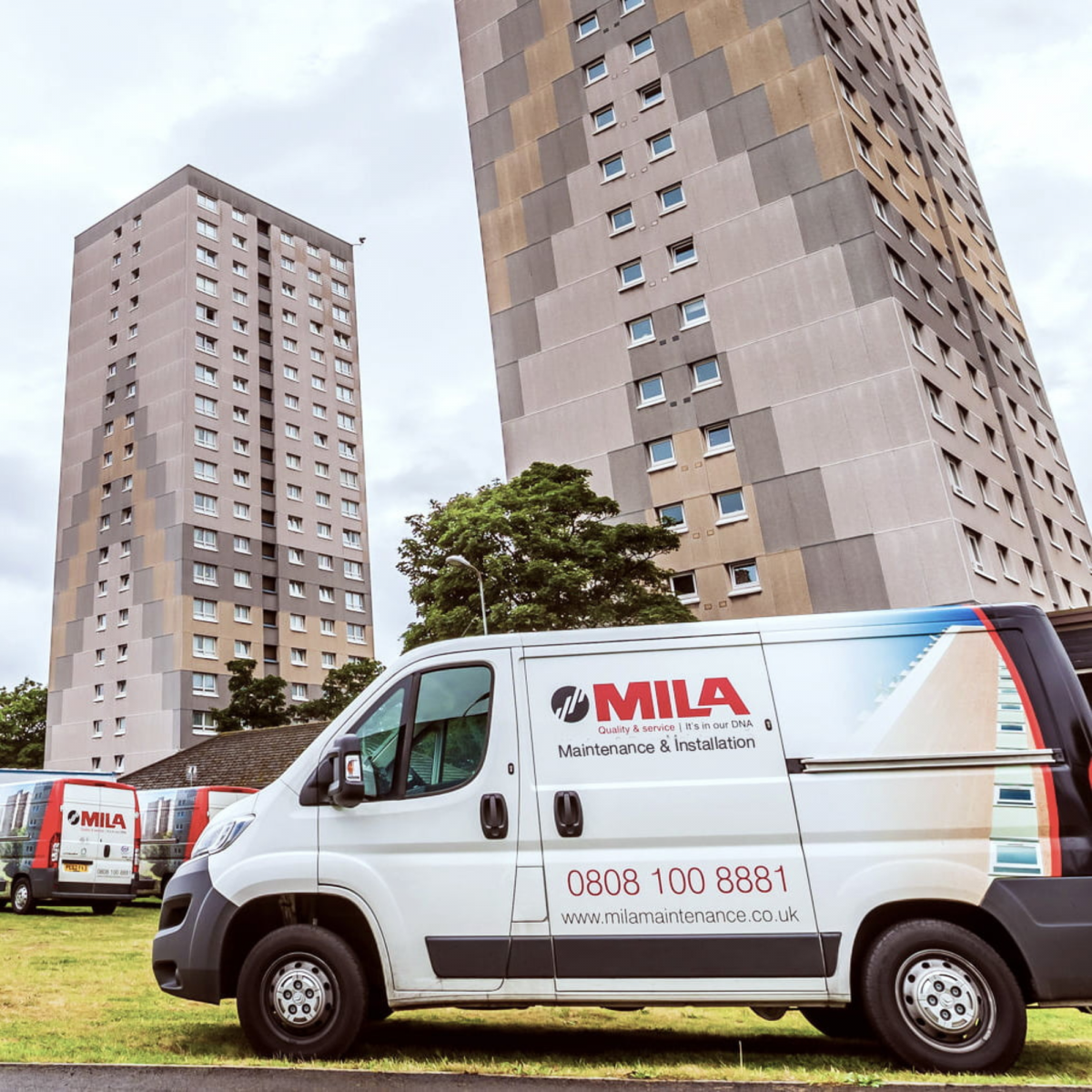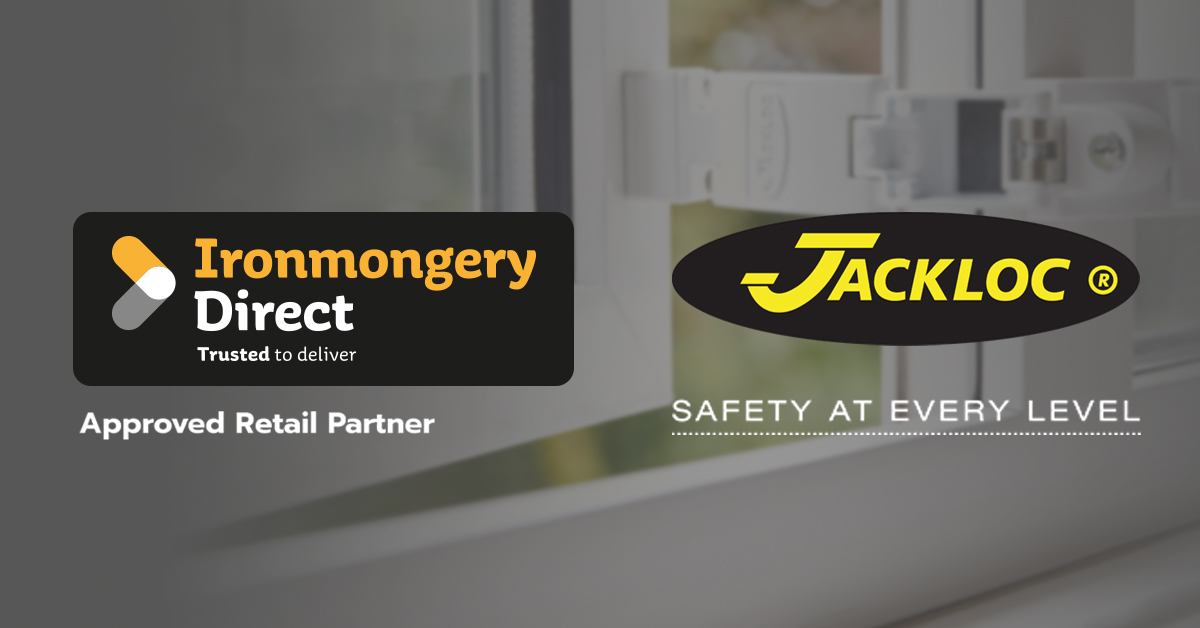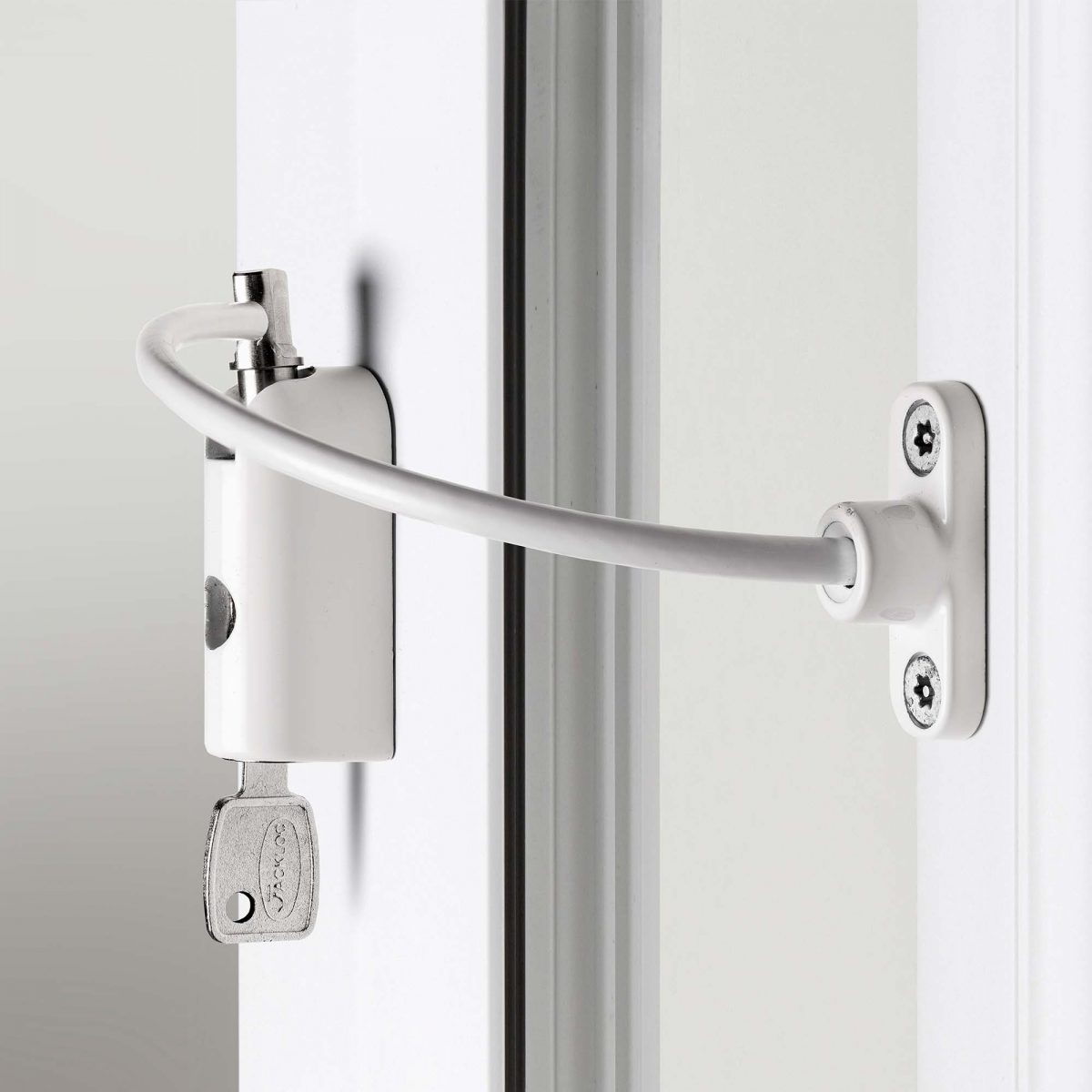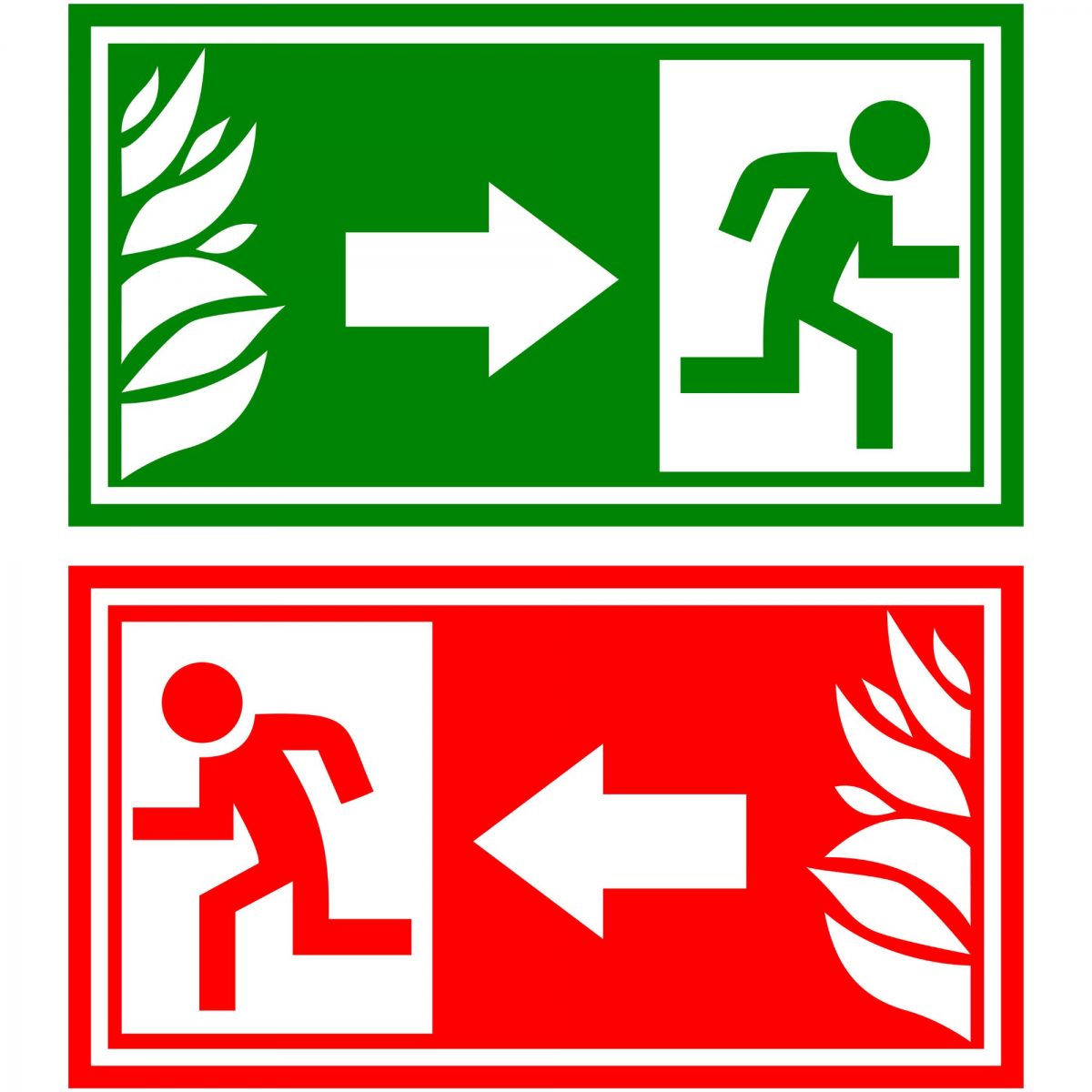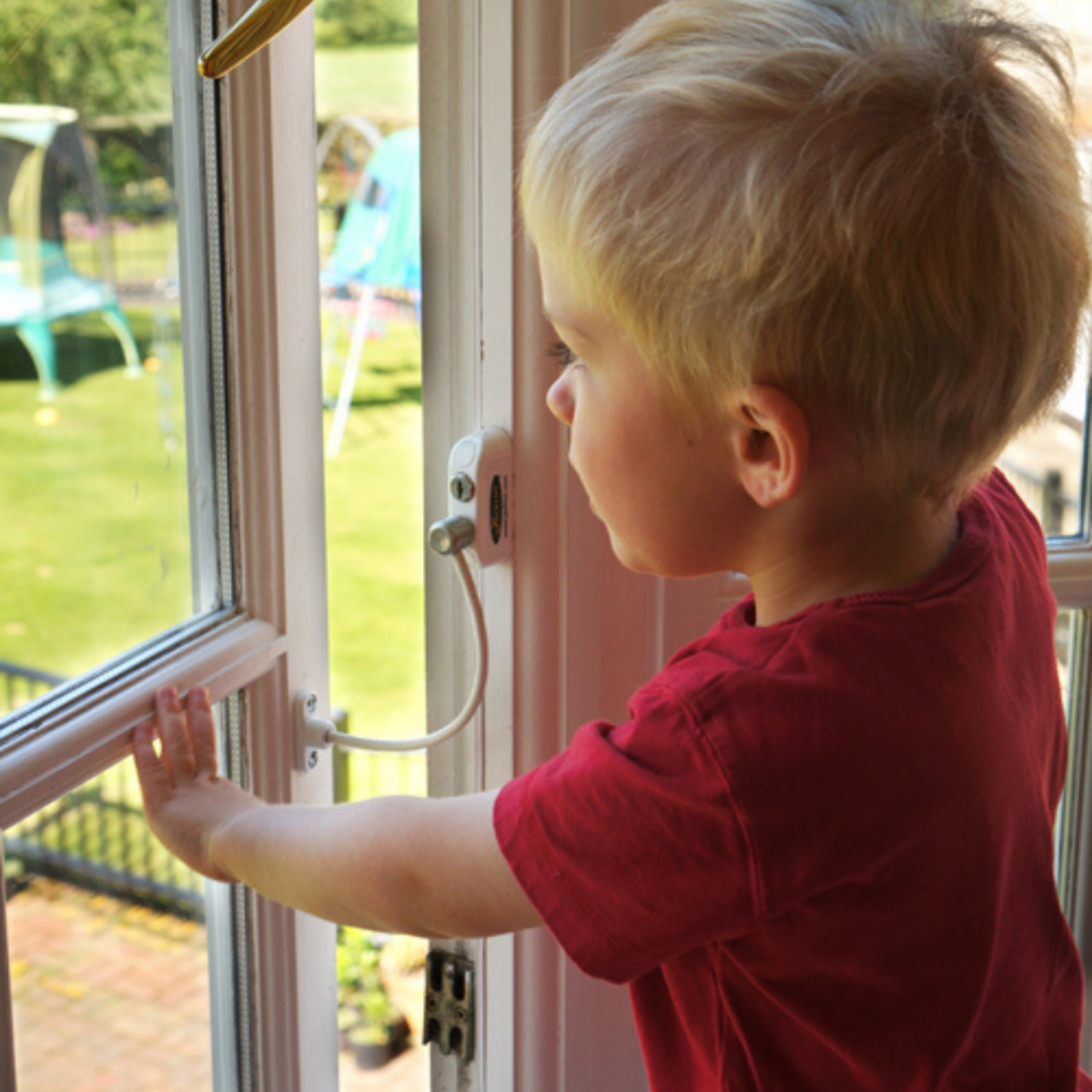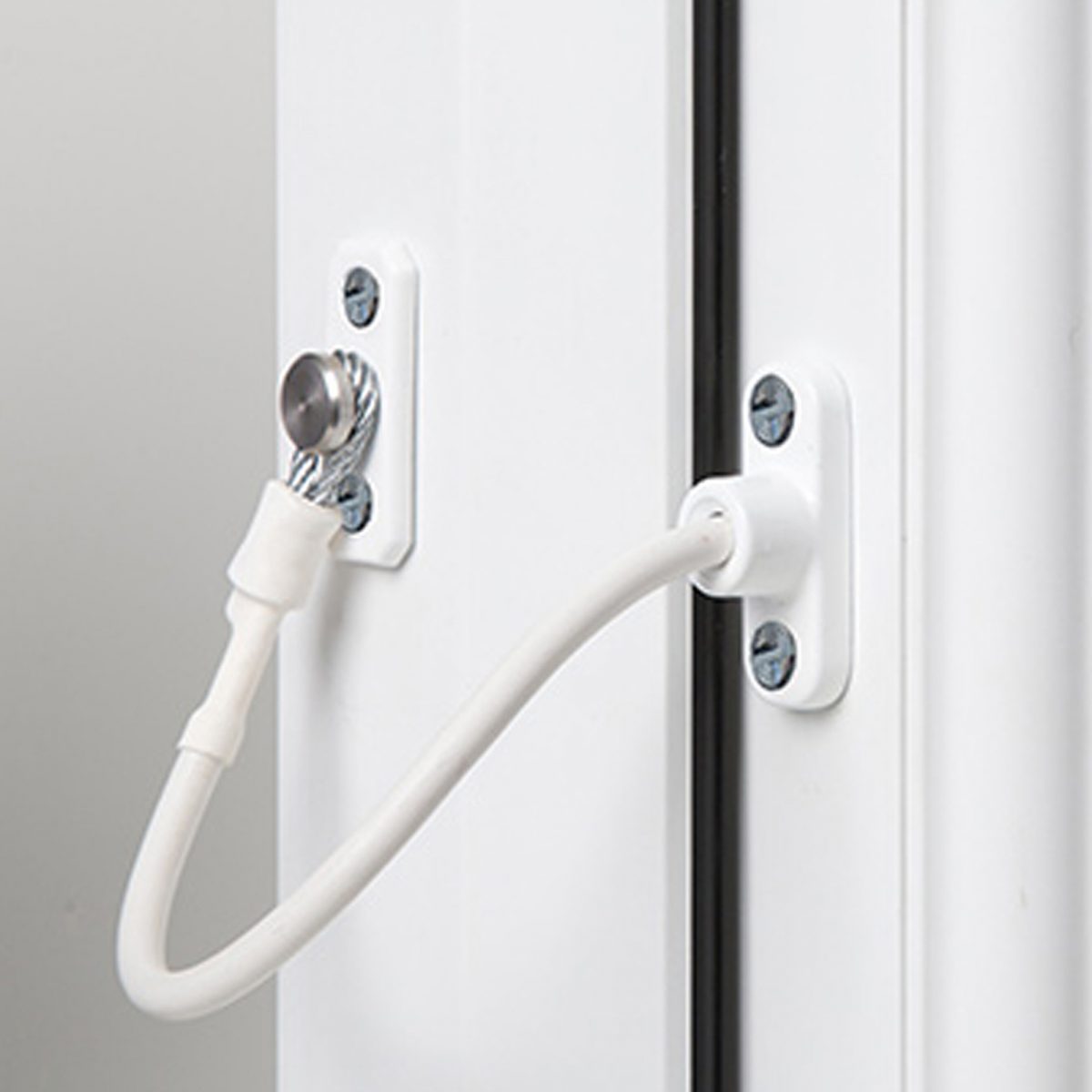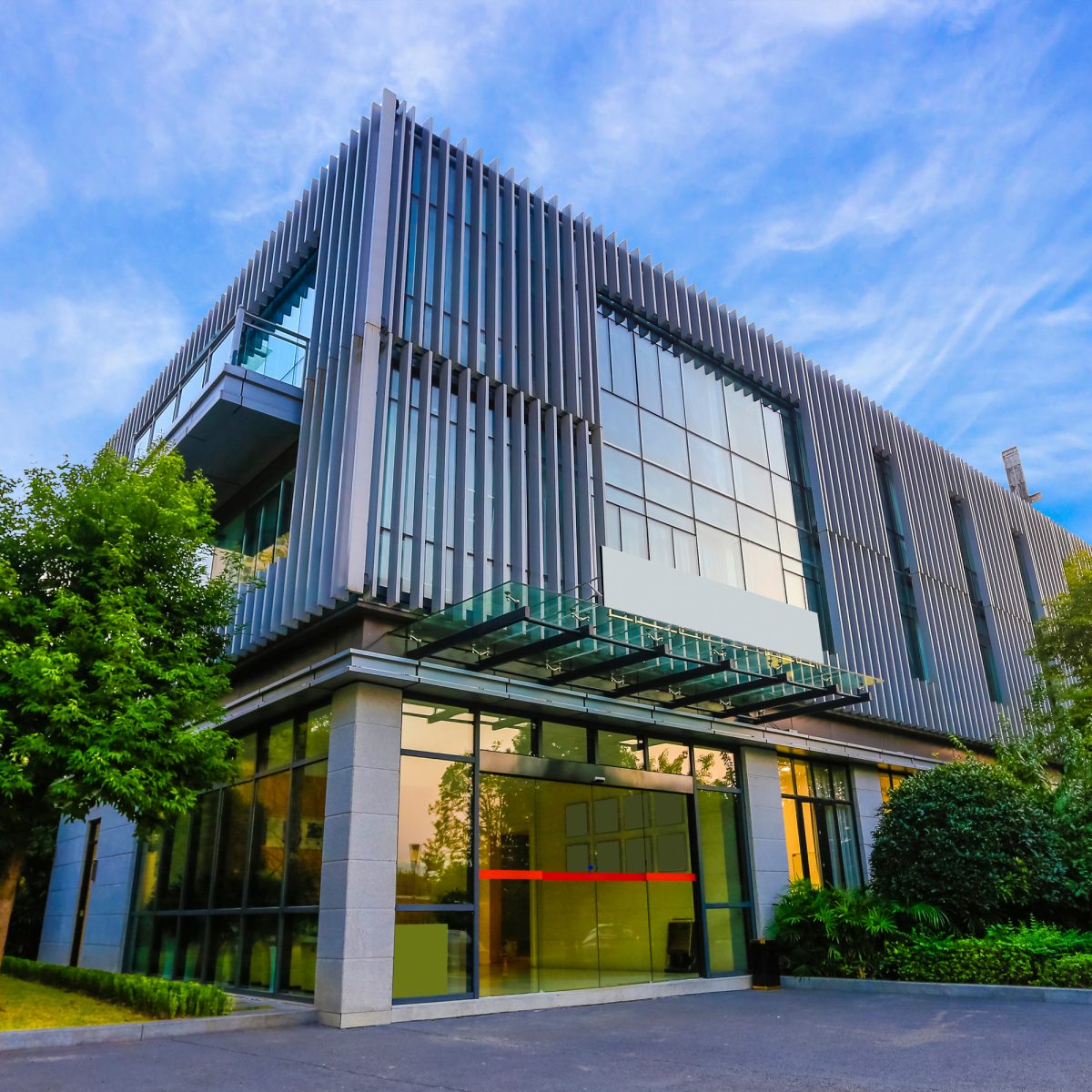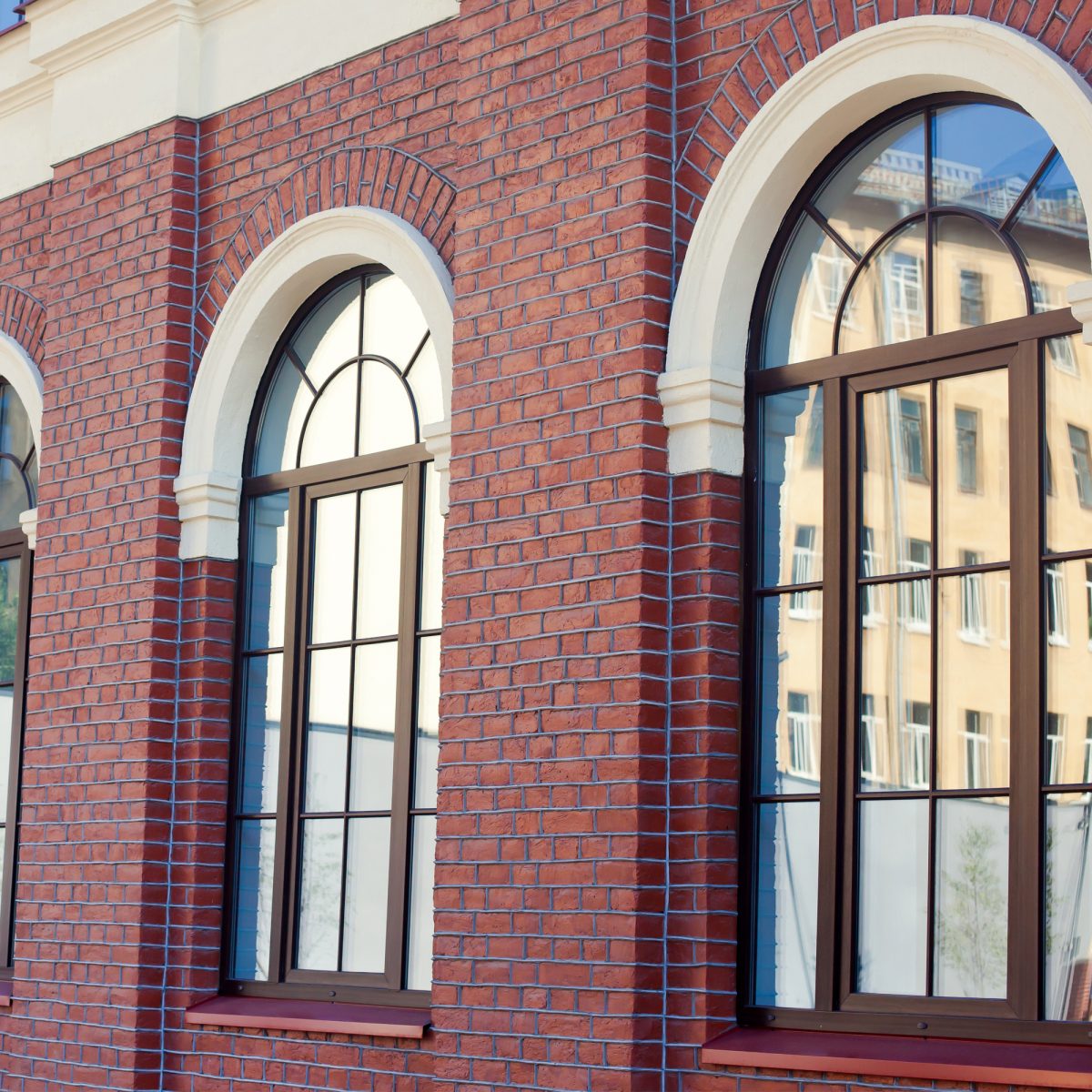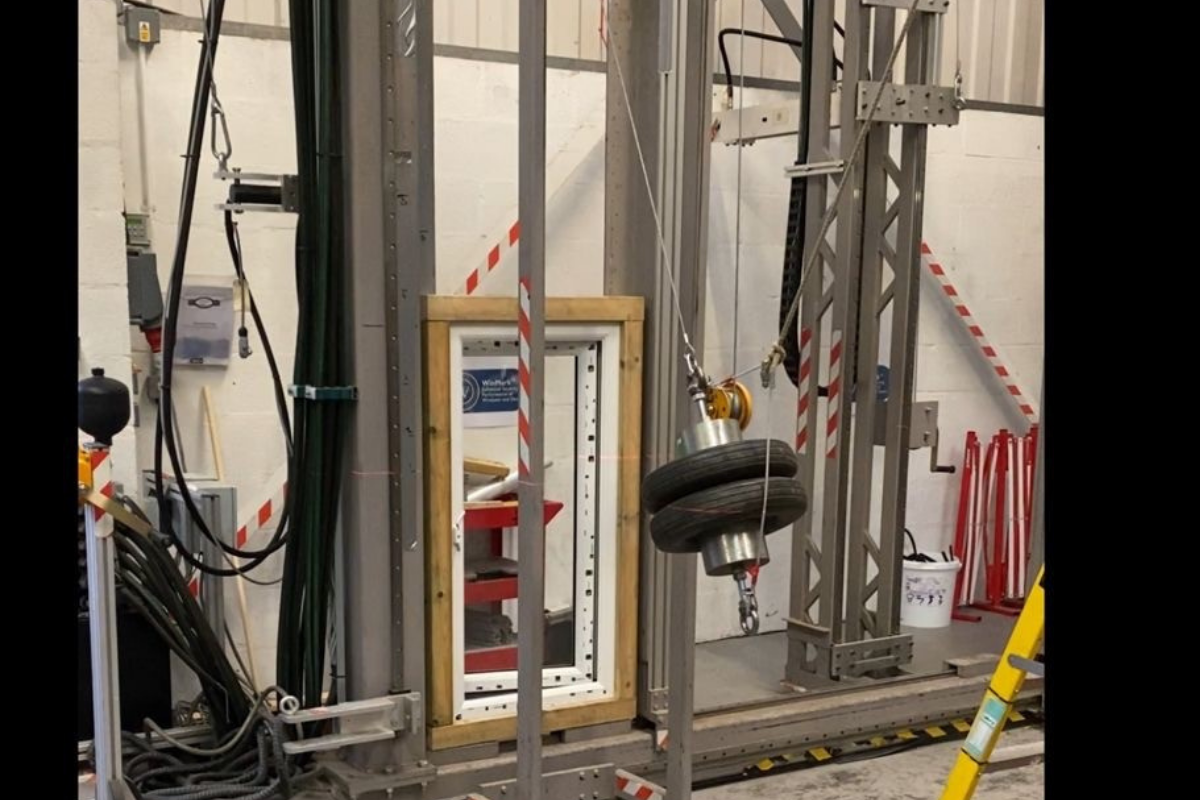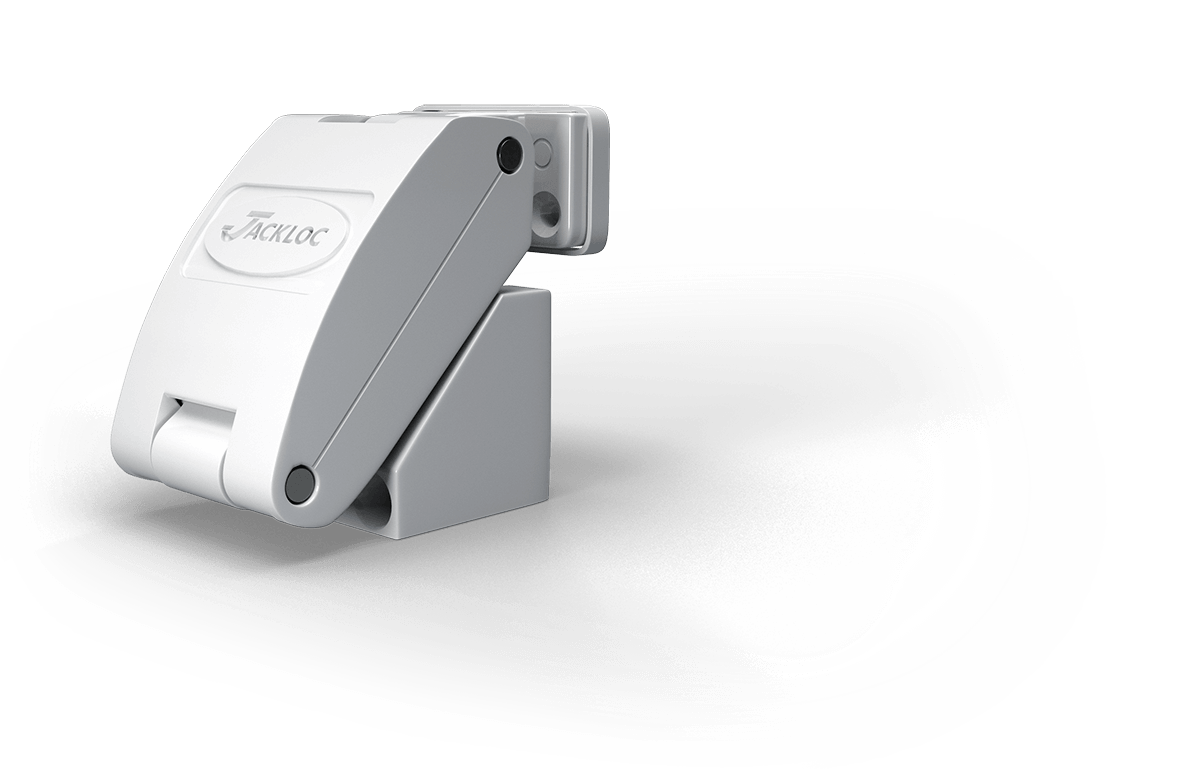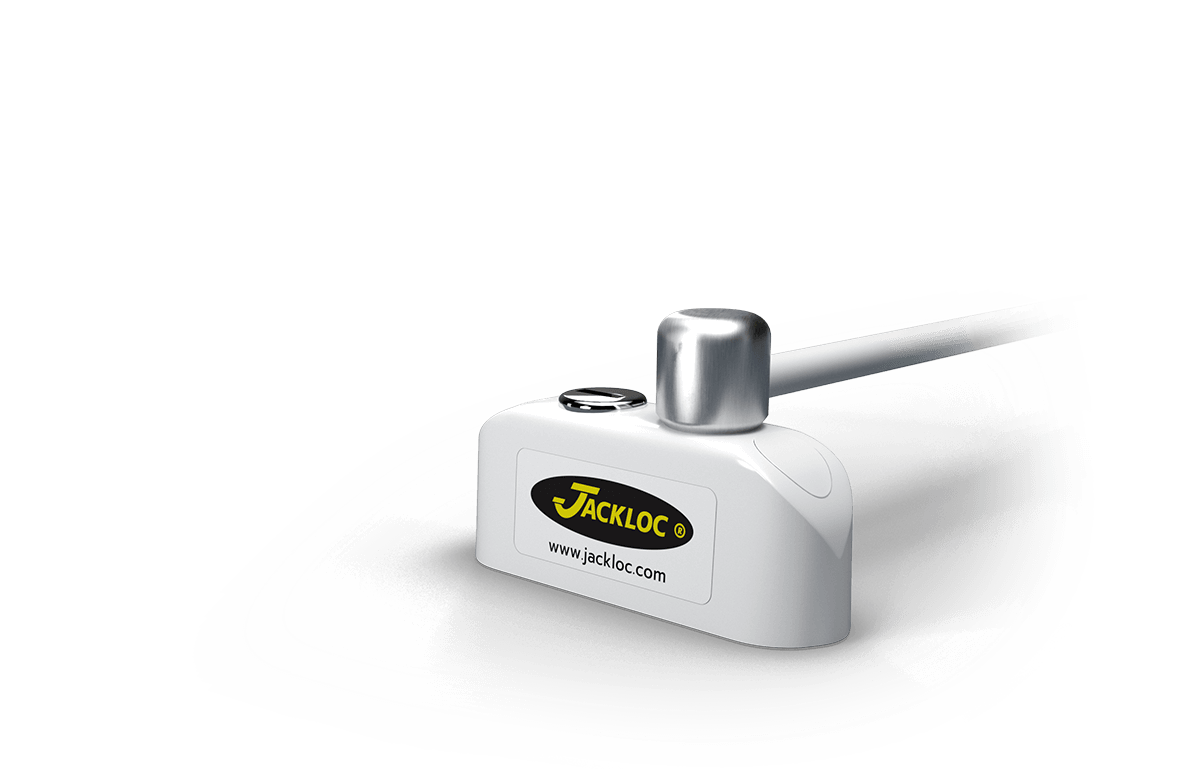Office window regulations, like all workplace health and safety regulations, are designed to keep employees safe. Employers are legally obliged to provide a safe place of work, and this includes considerations of window safety. To find out more read on.
Do Offices Need Windows?
The first thing that many employees ask is whether employers must provide a window. There is no rule that an office needs to have windows. However, light and air are important for staff wellbeing. Staff must have proper light and ventilation but this can be provided by means other than a window.
The regulations state that:-
- All workplaces need an adequate supply of fresh air
- This can be natural ventilation, from doors, windows etc. or controlled, where air is supplied and/or removed by a powered fan
- In offices or shops, natural ventilation will normally be enough to control dusts and vapours from cleaning materials etc.
- Sometimes planned, powered general ventilation is an integral part of a set of control measures, eg the welding of large fabrications in a workshop
Do Offices Need Window Risk Assessments?
Risk assessments of office windows are a legal requirement.
In all workplaces legally, you must have a ‘competent’ person carry out a risk assessment of all windows. This risk assessment includes determining whether you need to have window restrictors fitted. A competent person is defined as someone who has sufficient training and experience or knowledge and other qualities that allow them to assist you properly.
During the Risk Assessment the competent person will assess the windows compliance with workplace health and safety regulations.
Do Offices Need Window Restrictors?
When considering the need for window restrictors a risk assessment will refer to Regulation 15 (2) Workplace (Health, Safety and Welfare) Regulations 1992 which states that:
“No window, sky light or ventilator shall be in a position when open which is likely to expose any person in the workplace to a risk to his health or safety.”
The most obvious risk to health and safety posed by an open window is a risk of falling and the regulations state that:-
‘Windows that are large enough to allow people to fall out should be restrained sufficiently to prevent such falls. The opening should be restricted to 100 mm or less. Window restrictors should only be able to be disengaged using a special tool or key’.
Under health and safety legislation, window restrictors are legally required where there are people who are vulnerable to the risk of falling, have access to windows, and the windows are at a height that anybody falling out of them is at risk of sustaining a serious injury.
Window restrictors are the ideal solution for reducing the risk of falls from windows in office buildings while still adhering to the requirement for adequate ventilation. Jackloc designs award-winning window restrictors are UK engineered and manufactured to ISO 9001 quality system, ISO 14001 Environmental Management and OHSAS 18001 Occupational Health and Safety Management accredited.
Do Office Windows Need Safety Glass?
Another consideration for window safety is the risk of glazing breakages and collision. The Workplace (Health, Safety and Welfare) Regulations 1992 Regulation 14 requires that a survey must be undertaken to assess every window to establish whether there is a risk of anyone being hurt if people or objects come into contact with it, or if it breaks.
The assessment needs to take into account all factors that may increase the risk of glass breakage.
For every pane of glass, a competent person must assess;
- The location of the glazing (some locations are at higher risk of impact than others)*
- The nature of the activity taking place nearby (some activities increase the risk of impact)
- The volume of traffic (this increases the risk of impact)
- Any previous experience of incidents (if it often breaks, whatever the reason, there is a risk it will break again)
To comply with the Building Regulation glazing requirements safety glass should be fitted in all windows, doors or glazed areas that are lower than 800mm from the floor level. Glass panels less than 250mm wide can be fitted with 6mm glass or laminated glass instead of toughened glass.
Office Window Transparency
A third consideration of office window safety relates to transparency. The regulations state that in a workplace
“every window or other transparent or translucent surface in a wall or partition and every transparent or translucent surface in a door or gate shall, where necessary for reasons of health or safety
(a) be of safety material or be protected against breakage of the transparent or translucent material; and
(b) be appropriately marked or incorporate features so as, in either case, to make it apparent.”
We hope that this guide has helped you to understand window office regulations.
To find out more about read our guide to where are window opening restrictors required?

